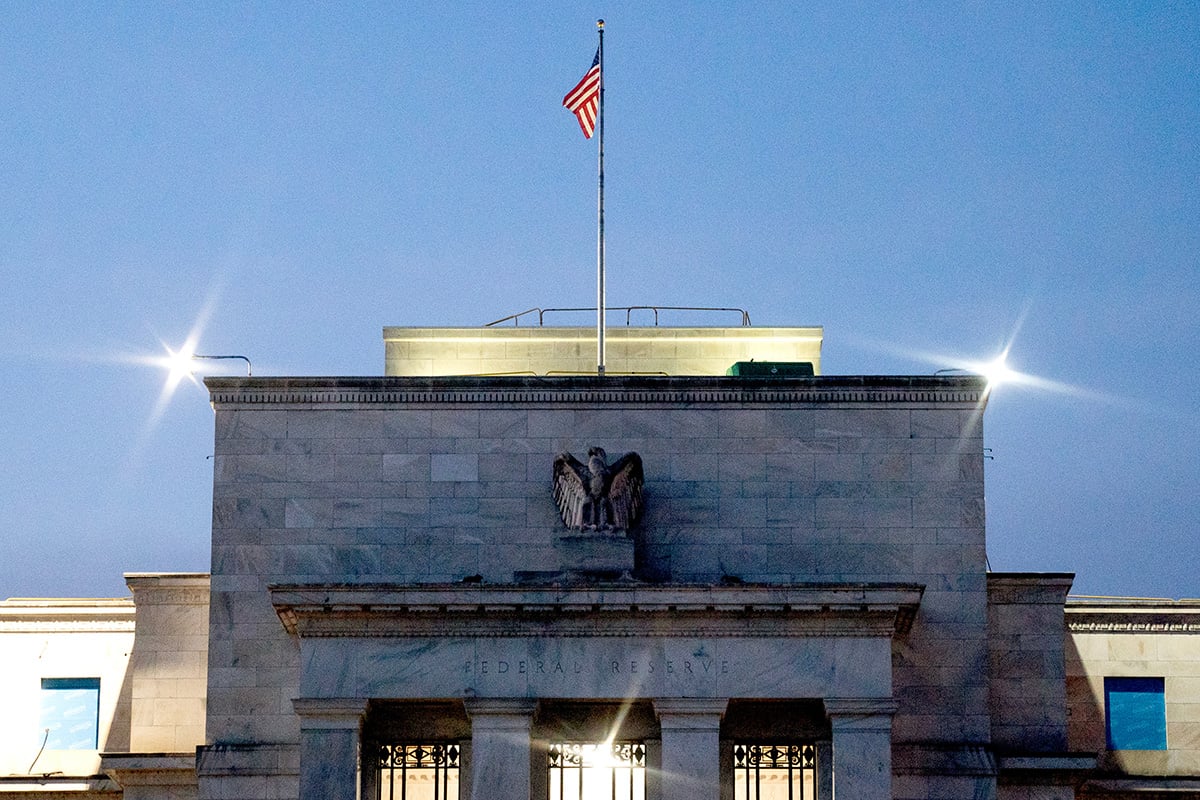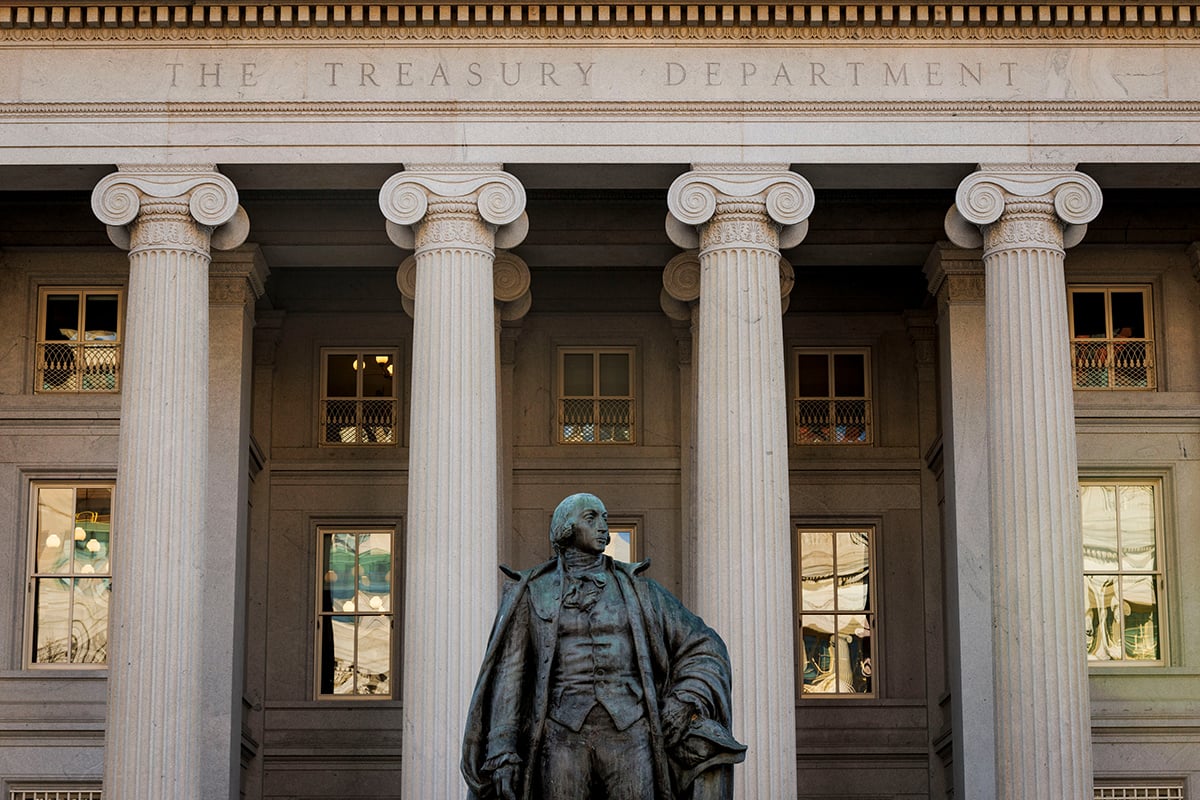
Hyundai Capital America (HCA) finances purchases of Hyundai and Kia vehicles across the United States. The business has grown rapidly over the past decade along with sales of Hyundai- and Kia-branded cars. For HCA, this growth led to a heavy reliance on debt and stretched the company's capital structure toward the upper limits of internal targets for debt-to-equity leverage.
“The perception of the quality of our brands has reached an inflection point since the financial crisis, and our business has grown in lockstep with those brands,” says Frank Boroch, director of treasury for HCA. “That has been tremendous, but because borrowed money is the raw ingredient for the finance division, we were pounding the pavement looking for organizations willing and able to lend to us on a repeat basis and at the lowest rate possible.”
Moreover, the company historically had utilized mostly asset-backed financing. The debt required HCA to pledge plain vanilla assets whose risk profile would be straightforward for lenders to analyze. This reduced the company's ability to innovate with new financing products for auto buyers and constrained its operational flexibility.
“We were having to focus on customers with the best credit quality for loans and leases,” Boroch says. “That was good from a risk management perspective but limiting to the business development side. If the franchise dealers wanted to sell vehicles to a broader cross-section of consumers, we weren't always able to accommodate that.
“In addition, looking forward, we saw that within a few years we would need to be much more agile in order to compete,” he continues. “There are new competitors producing new types of automobiles, like electric vehicles, and ride-sharing businesses are growing as well. These types of companies often don't use the auto industry's traditional distribution model. But many of our lenders were interested in offering us (and our peers) asset-backed loans only if they were based on very traditional types of purchases by traditional types of customers, for whom we might have 20 years of loan performance history. To better support the auto sales business over the next decade, we needed to be structured and capitalized more flexibly and to have a stronger balance sheet.”
 Treasury leaders at HCA began discussing what the treasury function of the future should look like. They benchmarked the function across a variety of industries. They looked at ratings-agency analyses of their business. They considered the pain points distributors and dealers had in working with HCA and how the company could better serve those business partners, both currently and in the future.
Treasury leaders at HCA began discussing what the treasury function of the future should look like. They benchmarked the function across a variety of industries. They looked at ratings-agency analyses of their business. They considered the pain points distributors and dealers had in working with HCA and how the company could better serve those business partners, both currently and in the future.
“We were reading the tea leaves and looking at what was happening in other parts of the industry,” Boroch says. The result: HCA treasury mapped out a bold plan to shift its capital structure toward more unsecured funding, transform its debt maturity ladder to reduce refinancing risk, and engage with new banking partners to ensure access to increased liquidity.
One fundamental challenge to instituting this plan was an organizational bias throughout Hyundai leadership toward the legacy capital structure. “Our asset-backed funding was very low-cost because it was secured by the title to the asset,” Boroch says. “It was low-risk for the lenders, so we got lower rates. The organization as a whole was very comfortable with that approach to financing. Treasury had to make the case that our asset-backed funding structure was not forward-looking and we might end up in a liquidity crunch down the road—that the long-term benefits of our plan were worth the possibility of paying a bit more in the short term.”
The treasury team engaged with multiple levels of leadership both in the United States and in the Korean parent company, educating business managers and corporate executives about the profound changes speeding toward the U.S. auto industry. “We essentially went door-to-door with a tailored message to explain to each group how our plan would benefit the organization,” Boroch says. “We described our core mission, then focused on the additional attributes of the initiative that would help us gain internal consensus to move forward.”
They explained to sales leadership that changing the corporate financing structure would facilitate sales to new types of customers in the future. They explained to the risk team the ways in which their plan would minimize financial and competitive risks moving forward. They explained to Korean executives how the changes would make the U.S. business more competitive in the future. Because they understood and tailored their message to each part of the company, treasury gained buy-in across the organization.
Expanding HCA's use of unsecured funding also required intensive investor-marketing efforts. Treasury teams crisscrossed the globe from Hong Kong to Frankfurt to San Francisco, introducing HCA to prospective unsecured-bond investors at tradeshows, auto-focused investor conferences, and one-on-one meetings. They undertook similar marketing to upsize HCA's commercial paper program by 30 percent, to $3 billion.
The HCA treasury team also worked with their Korean parent company to secure an injection of additional equity into HCA, and they emphasized to domestic leadership the importance of improving profitability to keep funding costs low under the new capital structure.
Then they initiated an innovative financing move to sell the claims to HCA's assets that were pledged to secure debt. “We basically transferred the risk of customer default on those assets,” Boroch explains. “In some ways, we used a traditional asset-backed lending structure, but we layered on some additional aspects so that we were selling the risk of the debt to a different set of investors than those who held the debt. We structured it to ensure it was a true sale, and then we no longer had any financial obligations associated with those assets or debt. It is an infrequently used capital market strategy that, in this case, allowed us to make the assets and related debt disappear from our balance sheet.”
Finally, the treasury team worked with lenders to change the timing of asset maturities to spread out HCA's refinancing risk throughout the year. “That required a lot of communication,” Boroch says. “We had to explain to everyone why we were asking for maturities that were either longer or shorter than our typical year-long maturity.”
See also:
- On-demand webcast: Revolutionizing Legacy Treasury Processes
- When Radical Process Changes Pay Off
- A Revamped Infrastructure for Intercompany Payments
- Sharpening the Cash Flow Focus Across a Global Enterprise
Boroch emphasizes how important effective communication was at every stage throughout the project. “The success of our initiative was dependent on agreement from a lot of other stakeholders about things that weren't always within our department's control,” he says. “We knew we were not operating in a vacuum; every change we made tended to have external dependencies or impacts. For example, if one of our debt holders suddenly wanted to charge us more to execute a longer maturity, that would impact other parts of our organization. For this project to be successful, treasury had to become expert communicators and consensus builders.”
All the attention to consensus building has paid big dividends. HCA's funding flexibility has dramatically increased. Its unencumbered assets have grown by more than $4 billion, to encompass more than 60 percent of the company's total debt. Increasing liquidity through senior unsecured bonds and commercial paper has helped HCA attract new investors. Treasury increased the size and lengthened the tenor of the company's largest revolving credit facility. Finally, the rating agency implied rating for HCA's capital adequacy (leverage) improved by four full notches, from B to Ba1.
“The dramatic reduction in our leverage projects a strengthened financial profile, which has helped reduce our borrowing costs even as we have reduced our usage of secured funding,” Boroch says. “Treasury is in a unique position in the organization. We're interfacing with lenders, ratings agencies, and institutional investors. We're able to bring a lot of feedback from those stakeholders back to our leadership teams and other parts of the business. It's critical for treasury to be forward-looking and not just stay in the operational mode of moving cash from point A to point B.
“Sometimes treasury teams have to go out of our way, and shout from the mountaintops, to be heard and seen as a strategic partner,” he concludes. “It can be hard to change internal perceptions, and a shift in those mind-sets has to be earned. One part of getting a seat at the table in significant corporate decisions is to try to be a change enabler. Treasury needs to always be looking forward and preparing to support the company's response to whatever may be coming down the pike.”
© 2025 ALM Global, LLC, All Rights Reserved. Request academic re-use from www.copyright.com. All other uses, submit a request to [email protected]. For more information visit Asset & Logo Licensing.




